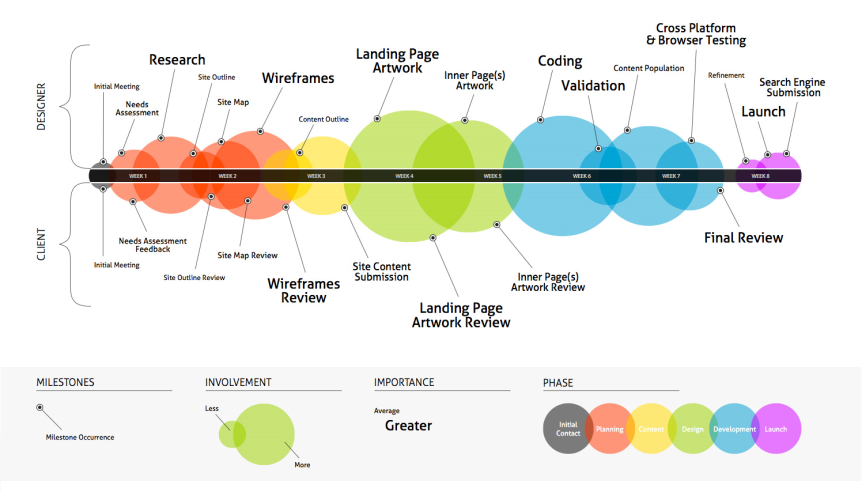The organization of a set of information to maximize the ease of locating each piece of information
Information architecture (IA) refers to the process of structuring and organizing information to make it easily navigable by users. A well-considered structure is an important part of any system which allows users to browse and add to a large database of information.
A key consideration in IA is the taxonomy, which defines how all information in the system is categorized and labelled. Typically, the information ‘set’ in a system will be related to a specific topic, or ‘domain’. For example, the information set for a stock system for a music store would be related only to the items they sell, and its taxonomy would include labels like artists, releases, etc., and it would be categorized by genres, media formats, etc.
Researching the mental models of the information held by key user groups is crucial. A middle ground often has to be found between the mental models of domain experts and laymen, so the architecture can be grasped by both user groups. If the model used to structure the information does not match (or is not compatible with) the models of the key user groups, they will struggle to understand it.

